Complete guide to kentia palm care
A classic houseplant, kentia palms are a majestic addition to your home. Keep the jungle vibe alive with a little TLC.
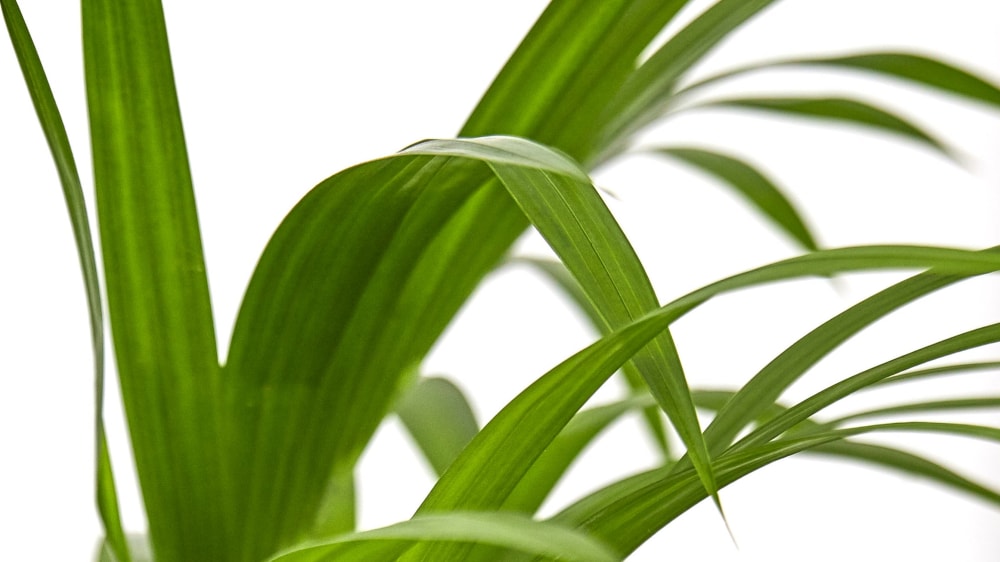
If you’re looking for a stylish plant with high impact, a kentia palm is a great option. We call ours Big Ken and he oozes class; in fact, kentia palms were Queen Victoria's favourite, don't you know.
Keep your kentia palm happy by:
- Only watering when the top two inches of soil feel dry
- Putting it in a room that gets a lot of light. Harsh sun is a bit much, so ideally not right next to a window
- Misting your kentia palm's fronds a few times a week
About kentia palms
Kentia palms are incredibly popular houseplants - in fact, they have been for years. The Victorians were big fans, and they were even used for decoration on The Titanic.
The kentia palm originated on Lord Howe Island (population: 382), a tiny piece of land off the east coast of Australia. The island gives the palm its botanical name, howea forsteriana. It’s a slow grower that can take decades to reach its maximum height of 10 metres.

How much light does my kentia palm need?
Kentia palms prefer bright, indirect light. If you have a room that's filled wit lots of natural light, that's perfect. Avoid direct sunlight, as it can damage the leaves. It's best to keep your kentia palm away from the window.
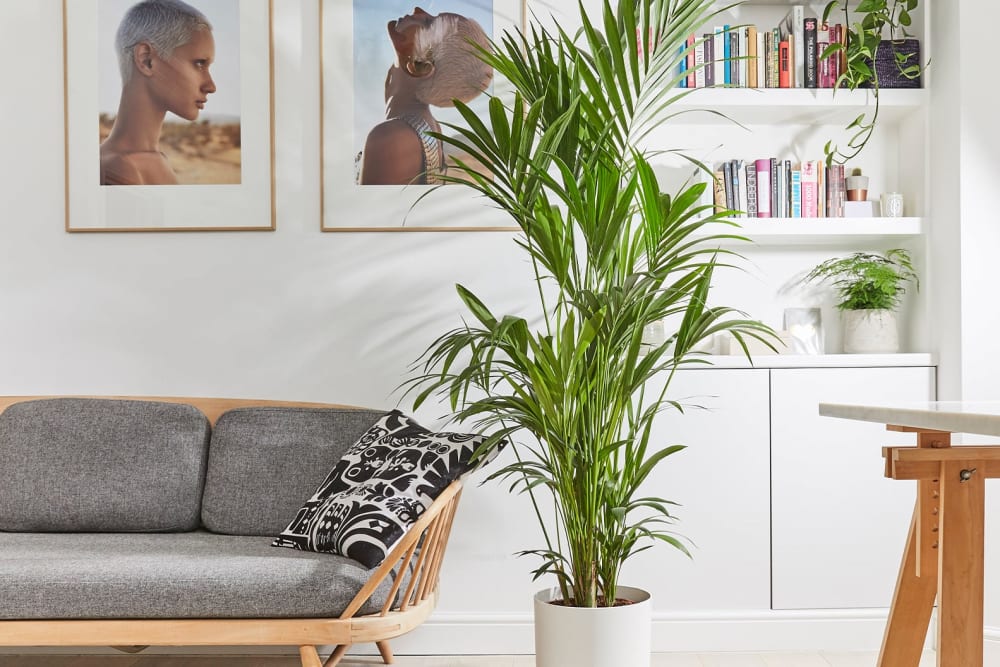
How often should I water my kentia?
Water your kentia palm every 7-10 days, allowing the top two inches of soil to dry out before watering again. The amount of water your kentia palm needs will change depending on things like temperature and whether it's growing, so if in doubt, you can use the finger dip test.
What kind of soil does my kentia palm need?
Use a well-draining potting soil for your kentia palm. This will help to prevent root-rot and other problems caused by overwatering.
Should I fertilise my kentia palm?
To give your plant a nutrient boost, fertilise your kentia palm every 3-4 months with a balanced fertiliser.
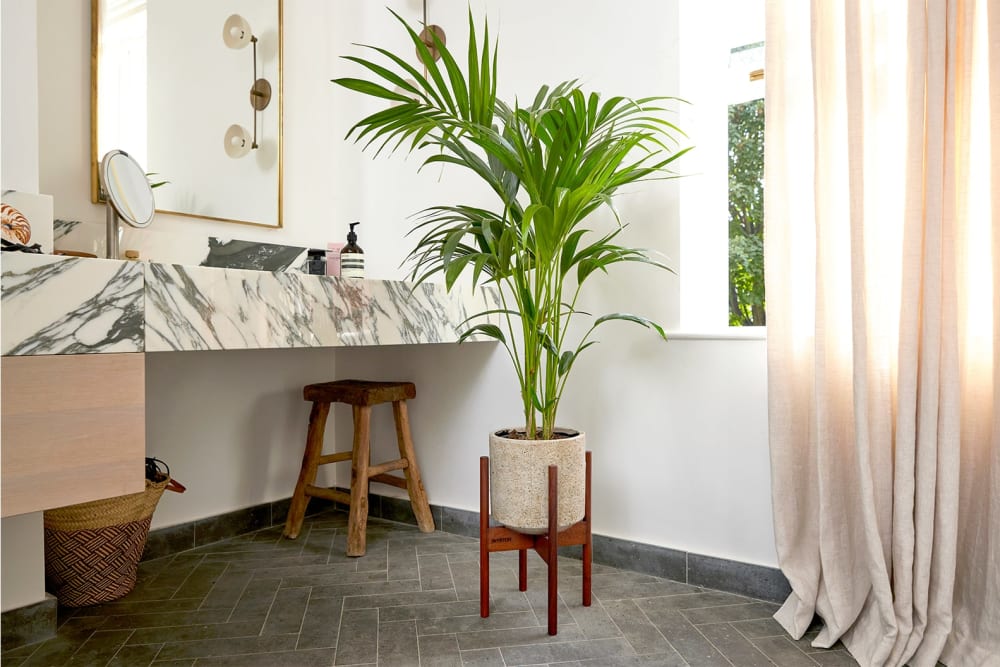
Do I need to prune my kentia palm?
Prune off any dead or damaged leaves as needed. These will look and feel quite dry. Unfortunately once they turn brown and crispy, these leaves won't be coming back to life. It's best to snip them off so your kentia palm can put its energy into growing new leaves.
When should I repot my kentia palm?
Repot your kentia palm every 2-3 years, using a slightly larger pot. It's a slow grower, so this should give your kentia palm plenty of time (and space) to thrive.
What's the best temperature for my kentia palm?
Keep your kentia palm in temperatures between 18-24°C. Avoid draughts and radiators where you can, they like a mild climate. If your'e a comfortable temperature, they will be too.
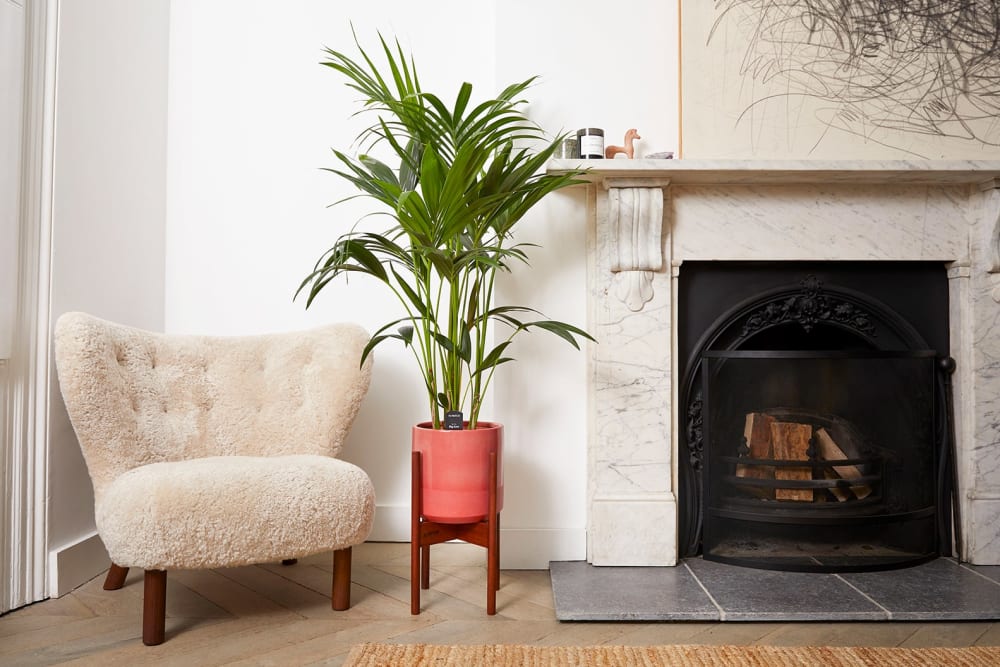
Common kentia palm pests
Keep an eye out for mealybugs, spider mites, and scale insects, which can damage your kentia palm. Clean your kentia palm regularly with a damp cloth. Not only does this prevent pests, it also gives you the chance to catch them before they get out of control. If you spot pests, treat your kentia palm with a houseplant pesticide.
Can I propagate my kentia palm?
You can propagate your kentia palm by dividing the root ball. You can learn more about propagation here.
Rewild your inbox
Plant tips. Special offers. No spam.
You might like
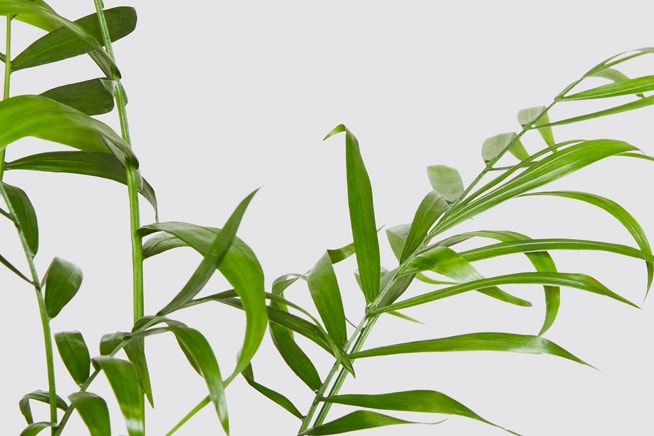
Complete guide to parlour palm care
It's easy breezy

Complete guide to calathea care
Calatheas are known as the prayer plant but this one doesn’t need divine blessings to survive.
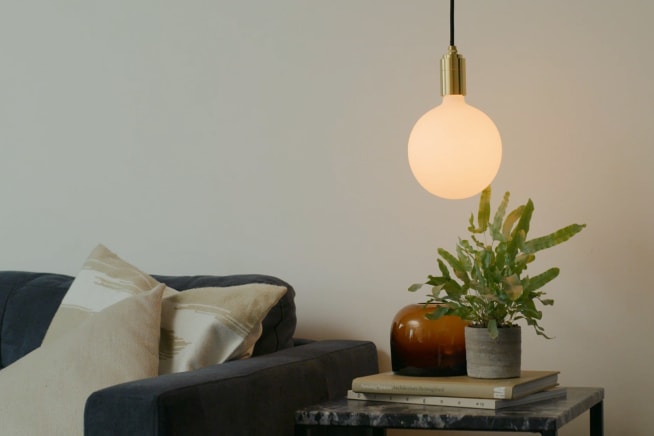
How to create harmony between lighting and plants
Let there be light! These bulbs (and bulbs) will work together.